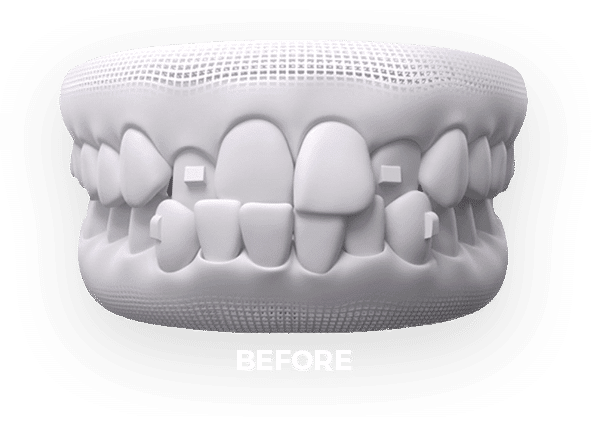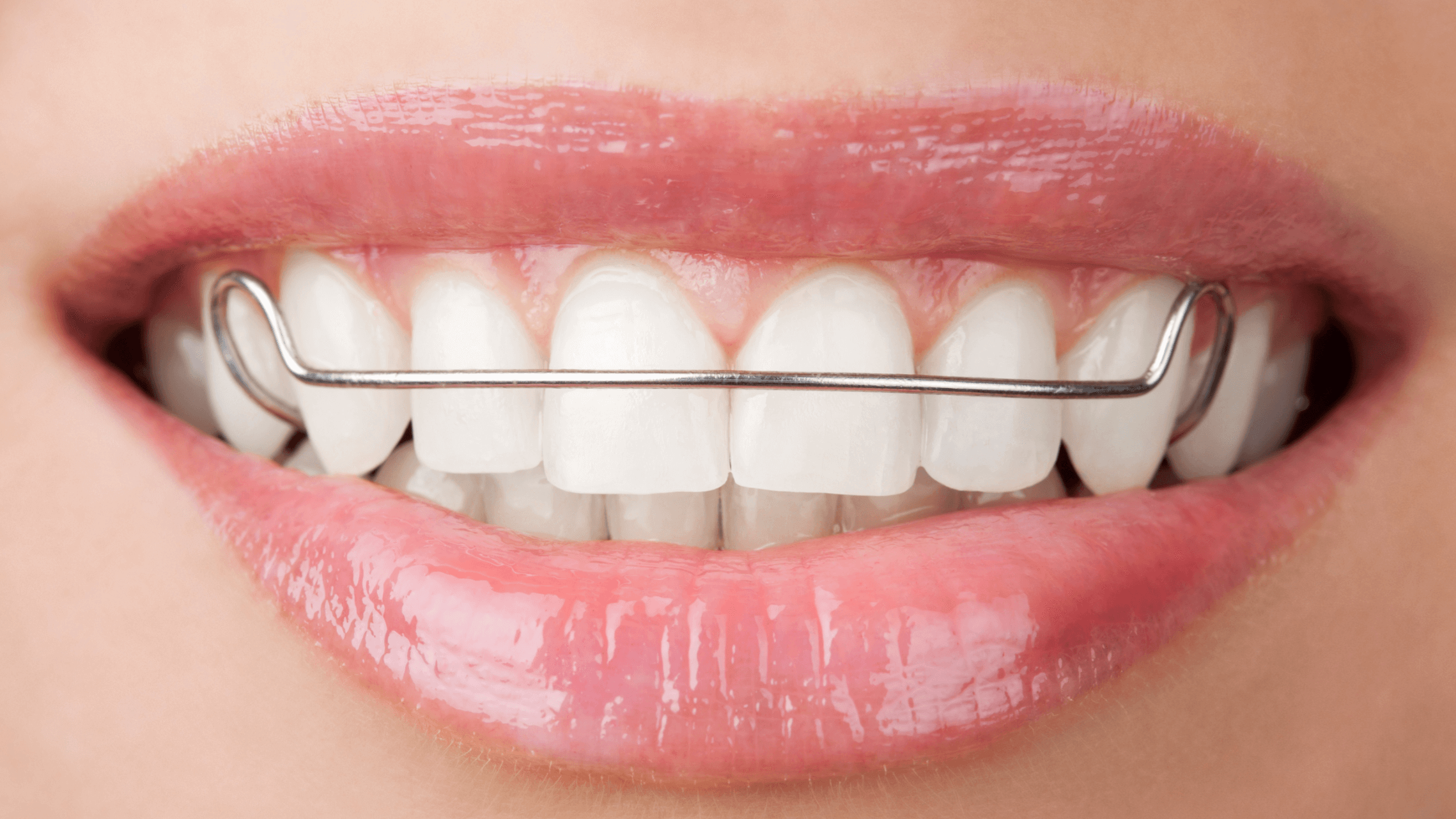What to Anticipate Throughout Your Invisalign Journey: A Comprehensive Review
What to Anticipate Throughout Your Invisalign Journey: A Comprehensive Review
Blog Article
Invisalign vs. Typical Braces: Which Choice Is Right for You?
When considering orthodontic therapy, the choice in between Invisalign and conventional braces provides a number of vital aspects that warrant careful assessment. Invisalign uses a discreet alternative with removable aligners, while typical dental braces supply a more noticeable yet efficient service for severe imbalance.
Introduction of Treatment Alternatives

On the other hand, conventional dental braces contain steel braces and cables that are bound to the teeth. This method applies continuous stress gradually to achieve alignment. While effective for complicated orthodontic problems, conventional dental braces require regular visits for modifications and can pose difficulties in keeping dental hygiene because of the problem of cleansing about cables and braces.
Both alternatives have their benefits, and the option commonly depends upon specific dental conditions, lifestyle preferences, and individual conformity. Inevitably, consulting an orthodontic expert is vital for establishing the most suitable treatment strategy customized to specific demands. Understanding the nuances of each option can substantially affect the general success of orthodontic therapy.
Aesthetic Factors To Consider
A considerable aspect influencing the option between Invisalign and traditional braces is the visual allure each therapy uses. Invisalign aligners are crafted from clear plastic, making them essentially undetectable when used. This discreet appearance is specifically interesting teenagers and grownups that might feel uncomfortable about their orthodontic treatment. The ability to keep an all-natural smile throughout the placement process can substantially improve the client's confidence in social and professional setups.
In comparison, standard braces include steel brackets and wires, which can be extra obvious. While improvements in orthodontic technology have actually led to the development of smaller sized brackets and tinted elastics, traditional braces still preserve a more conspicuous account. For some individuals, the exposure of dental braces may prevent them from seeking necessary treatment.
Eventually, the option in between Invisalign and typical dental braces may pivot on individual preferences pertaining to appearances. Clients that prioritize discretion frequently favor Invisalign, while those that are much less concerned regarding presence might select standard dental braces. Understanding the visual effects of each option is important for making an educated decision that lines up with one's way of living and choices.
Comfort and Convenience

In terms of benefit, Invisalign aligners are removable, making it possible for people to appreciate their preferred foods without limitation and maintain optimum dental hygiene. Cleaning and flossing are streamlined, as the aligners can be secured during these routines, whereas traditional dental braces call for mindful navigating around cords and brackets.
Additionally, Invisalign's dynamic system permits fewer orthodontic check outs. Clients typically receive multiple collections of aligners simultaneously, which can streamline the therapy procedure and decrease time invested in the orthodontist's chair. In comparison, conventional dental braces require normal changes, making them much less practical for those with busy routines. Invisalign. Overall, the convenience and convenience of Invisalign make it an appealing selection for many people looking for orthodontic treatment.
Therapy Duration and Efficiency
While both Invisalign and typical braces are efficient in dealing with dental misalignments, the duration of therapy can differ considerably in between both options. Normally, Invisalign therapy can take anywhere from 12 to 18 months, depending on the click here for more complexity of the situation. The clear aligners function by progressively changing teeth into their desired settings, and routine follow-ups with an orthodontist aid make certain progress remains on track.
In contrast, standard dental braces usually call for a longer dedication, usually ranging from 18 months to three years. This is due to their fixed nature and making use of wires and brackets, which can be much more efficient for serious imbalances and complicated situations (Invisalign). The therapy efficiency of standard braces is well-documented, as they enable accurate adjustments and greater control over tooth movement
Inevitably, the selection in between Invisalign and standard dental braces may rest on both the anticipated therapy period and the certain oral problems available. Consulting with an orthodontist is important, as they can offer tailored recommendations based upon private requirements, making sure the selected method straightens with preferred results and timeframes.
Expense Contrast and Insurance Policy Choices
Cost plays a substantial function in the decision-making process for people taking into consideration orthodontic treatment, whether opting for Invisalign or typical braces. Typically, the price of Invisalign varieties from $3,000 to $8,000, while traditional dental braces generally set you back between $2,000 and $6,000. Factors affecting these costs consist of the complexity of the instance, the duration of therapy, and geographical location.
Numerous dental insurance policy plans offer partial protection for orthodontic therapies, but the specifics can vary commonly. Normally, traditional braces may be a lot more regularly covered by insurance plans compared to Invisalign, which some insurance companies classify as an aesthetic treatment.
Additionally, several orthodontic methods use adaptable layaway plan, making both treatment options much more easily accessible. Individuals need to make inquiries concerning potential financing options and discounts for upfront payments. Assessing the overall expense, including insurance coverage benefits and payment plans, is important for making an informed decision that aligns with both aesthetic choices and spending plan factors to consider.
&srotate=0)
Final Thought
In summary, the choice between Invisalign and traditional braces rests on numerous variables, consisting of visual preferences, comfort, treatment period, and price. Invisalign uses a very discreet, removable option that facilitates dental health and nutritional versatility, while conventional braces might be preferable for intricate oral issues and frequently come with a reduced cost point. Inevitably, examination with an orthodontist is necessary to evaluate individual conditions and figure out the most appropriate therapy choice for achieving optimum dental alignment.
When taking find more info into consideration orthodontic treatment, the selection between Invisalign and traditional dental braces presents numerous crucial factors that warrant careful analysis.Comparing Invisalign and traditional dental braces discloses unique therapy choices for orthodontic adjustment.While both Invisalign and typical braces are reliable in fixing oral misalignments, the period of treatment can differ significantly in between the two choices.Price plays a considerable duty in the decision-making process for people taking into consideration orthodontic treatment, whether deciding for Invisalign or traditional dental braces.In recap, the choice in between Invisalign and typical braces pivots on numerous factors, consisting of visual preferences, comfort, see this therapy period, and cost.
Report this page